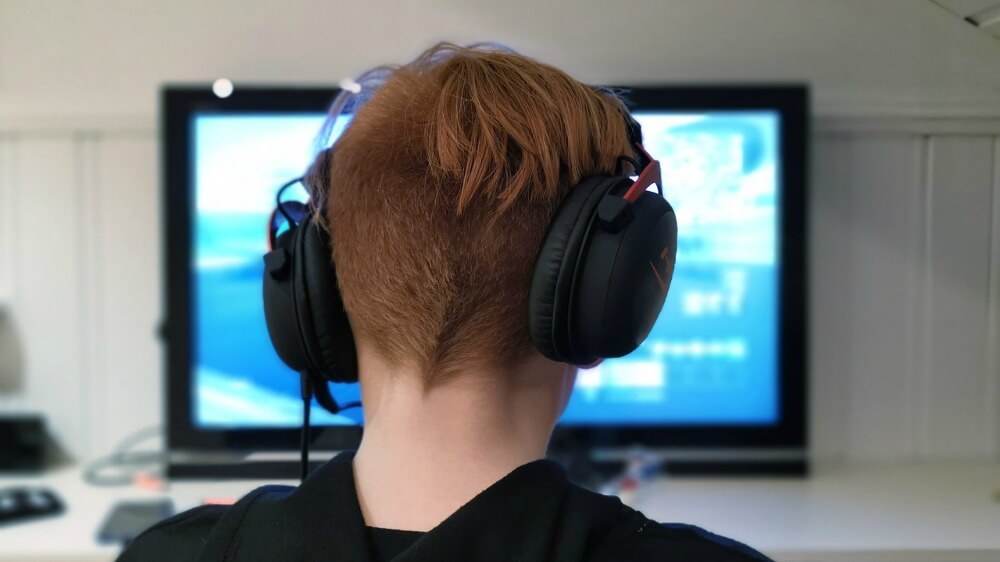Why Describe? Audio Describing Your Video Content Makes a World of Difference.
Why Describe? Check out our video on audio description, and then read on below.
Audio Description is an accessibility feature that’s not very well known, but very important to its users. Audio described movies and videos include spoken description that explains exactly what’s happening on screen. It’s really helpful for blind and low vision folks, but it can be useful to anyone. Imagine you want to watch a video, but you’re doing other things. If there’s description of what’s happening on screen, you won’t miss a beat. It allows you to listen to visual content as if it were a podcast, which is great for multitaskers.
But why else should you care?
In our current digital landscape, video reigns supreme. Many of these videos are completely silent, and the content is based on visuals and text alone.
That means people who are blind or low vision are completely left out.
Now you might be wondering: what do you want me to do about it? If you’re a social media user who curates content, think more carefully about the videos you re-share..
Are you planning to share a completely visual video with no narration? Ask yourself if there’s another video you can share that does the same thing, but with Audio Description,so everyone can get the information.
If that’s not possible, try to put a description of the video in your share text, or even write a visual description and type out the text of the video to include in your post.
If you’re someone who works for an organization that creates videos, start making an effort to implement audio description. Or at least make an alternate version that includes audio description. It’s not as difficult as you may think, and on short videos it’s especially easy to implement. Simply write a brief script that includes the visual elements of your video, record the script, and put the audio into the video where the visuals occur. If you have a longer piece, it might take more time to do it on your own, but it’s done with the same simple process. Short on time? There are professionals you can hire to do this for you.
If you’re a platform that hosts a lot of video and visual content (lookin’ at you, Facebook, Instagram, and Twitter), you need to make accessibility features prominent and user friendly. Individuals are more likely to make their content accessible if they are given the tools to do so. Tech companies have a responsibility to do WAY better when it comes to features that allow users to make their content accessible to audiences. Those that don’t prioritize this perpetuate the idea that disabled people don’t matter, which negatively impacts society’s perceptions of the disability community Plus, accessibility is a huge benefit to the company because it invites an entire population of viewers to engage with content they might otherwise ignore.
Influential media companies need to take the lead so that everyone can be included in the online conversations that have become so integral to our world. And more importantly, we can all do better when it comes to creating inclusive and accessible media.
About Rooted In Rights
Rooted in Rights exists to amplify the perspectives of the disability community. Blog posts and storyteller videos that we publish and content we re-share on social media do not necessarily reflect the opinions or values of Rooted in Rights nor indicate an endorsement of a program or service by Rooted in Rights. We respect and aim to reflect the diversity of opinions and experiences of the disability community. Rooted in Rights seeks to highlight discussions, not direct them. Learn more about Rooted In Rights



